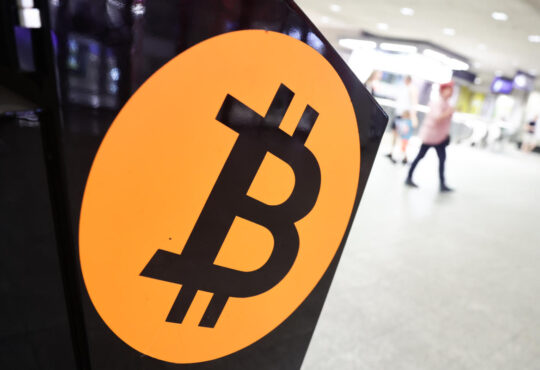
If the Federal Reserve’s aggressive policy-tightening campaign really is coming to an end, Wall Street stock bulls have history on their side. Historical data shows that monetary policy pauses are excellent buying opportunities for US stocks.
According to Strategas Securities, the S&P 500 has gained 13% a year average returns after the last interest-rate increase in the eight prior monetary-tightening cycles. Another research shows that the S&P 500 Index has returned an average of 6.9% after three months, 18.9% after a year, and 34.7% after two years in post-pause data dating back to the early 1980s. This is significantly higher than the index’s compound annual return of 11.1% over the last four decades, and it explains why investors may be encouraged to maintain equities exposure despite recent banking sector worries.
Even in 2006, equities continued to rise for an additional 15 positive months after the Fed pressed stop and for a total of about 27 months before Lehman Brothers failed.
So, is there a case for a bull market to re-emerge? To make that happen, the US consumer trend must be favourable, and big-tech corporations must be optimistic about future growth.
Also Read: US stock market offers unique opportunities for investors to diversify their portfolio
The US Federal Reserve is nearing the end of its aggressive rate rise campaign. Over the preceding year, the Fed has already raised interest rates from near zero to 5%. The market now anticipates a pause from the world’s largest central bank.
The key reasons for the Fed to pause rate hikes are a slowing economy, pressure on the banking sector, and a cooling down of headline inflation. As rate hikes work with a lag, the Fed may pause and wait for further economic data before taking the next step. The ‘higher for longer’ approach is what the Fed intends to follow as inflation remains well below the Fed’s 2% objective.
Also Read: The Big Risk! 50% of the Nasdaq 100 market cap is represented by just 8 companies
The US Fed raised the rate by 25 basis points in May 2023 which is expected to be the last rate hike before the Fed starts cutting rates. Global markets are closely monitoring the impact of a pause in the US Fed’s rate hike activities if it happens. The next US Fed monetary policy meeting of the FOMC is scheduled for June 13-14. Higher borrowing costs, it is feared, run the risk of fueling further unrest in the banking industry and reducing credit in vital areas of the US economy.
Investors must also take into account the possibility of a nasty recession in the event that the Fed cuts interest rates earlier than anticipated. Will a pause bring the bulls back or ‘will it be different this time’, only time will tell.
(Inputs from Agencies)






